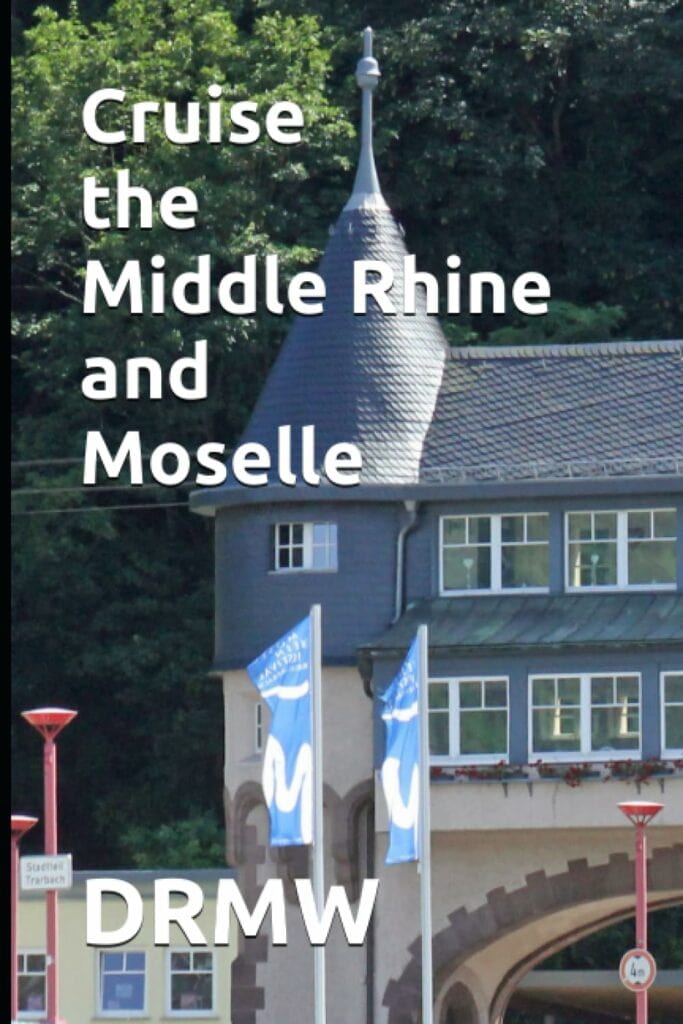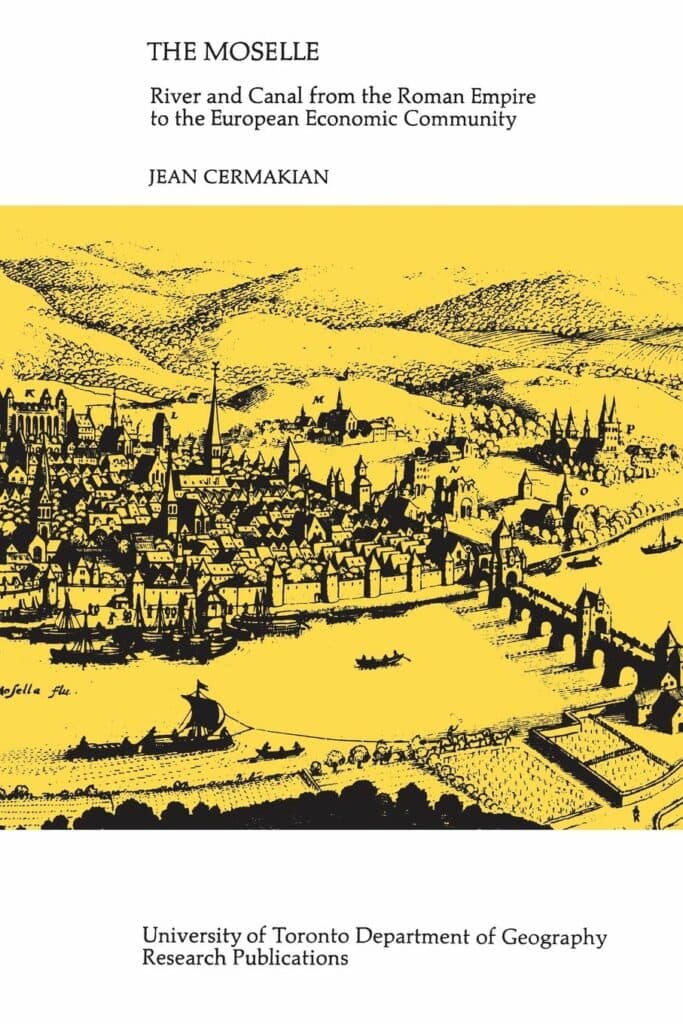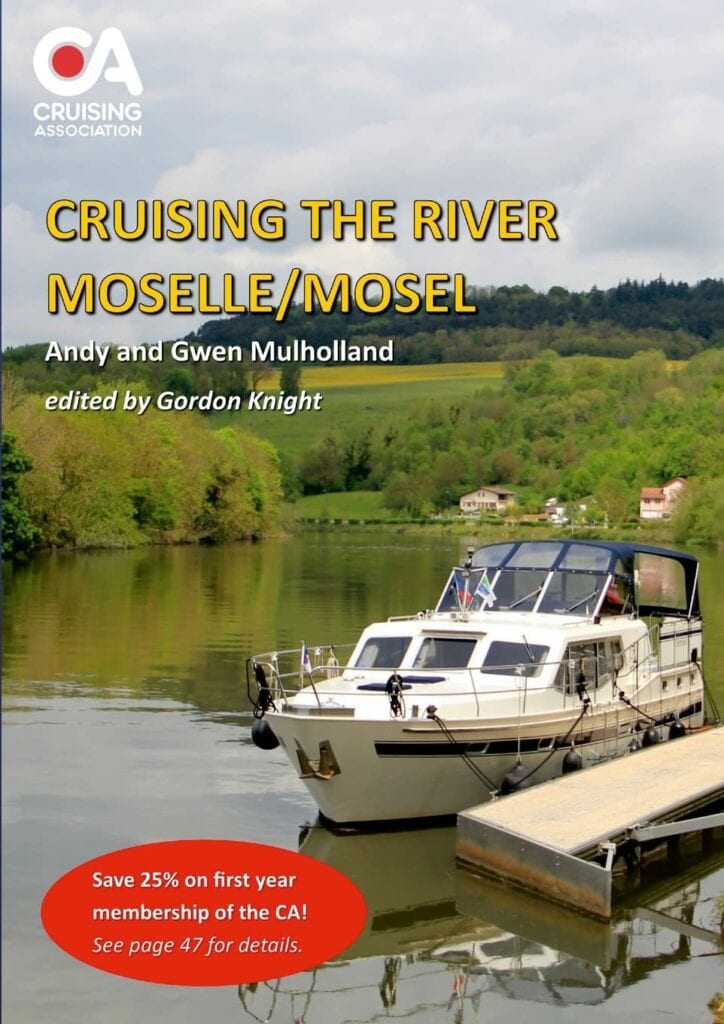The Moselle River, spanning 560 kilometers through France, Luxembourg, and Germany, presents a complex interplay of geological, historical, and cultural factors. This comprehensive examination elucidates the river’s intricate tapestry, shedding light on its length, source, tributaries, international flow, viticultural significance, historical relevance, economic functions, tourist appeal, and ecological dynamics.
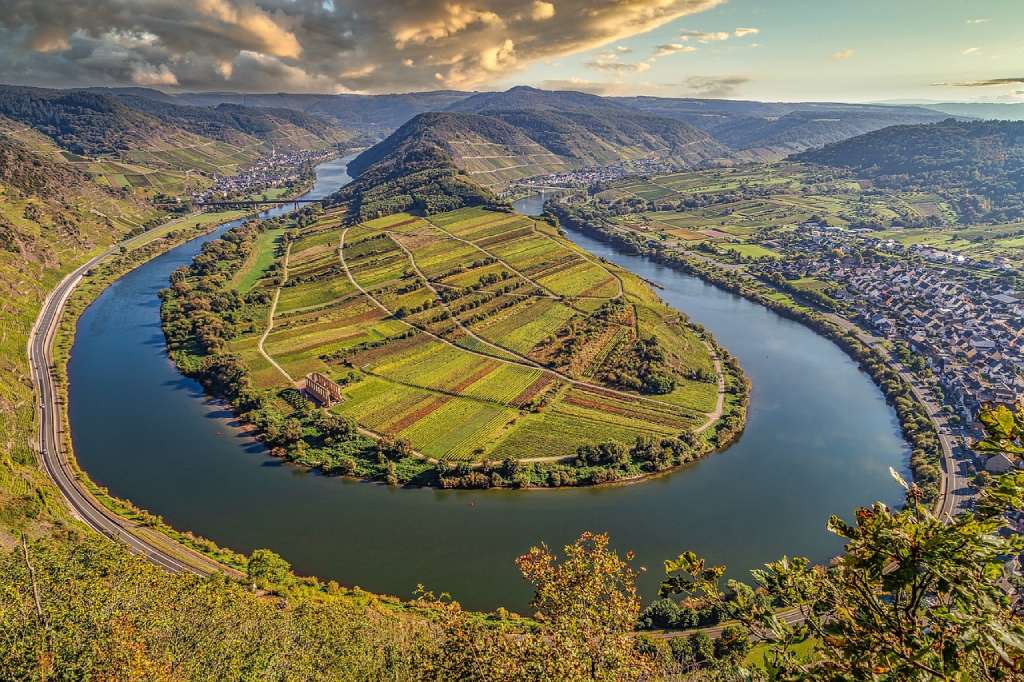
1. Length and Course: Unraveling the Geographic Tapestry
The Moselle River, extending over 560 kilometers, originates in the Vosges mountains of northeastern France. Its course meanders through Luxembourg and Germany, embodying a dynamic geographic entity worthy of exploration.
2. The Genesis in Geology: Source Identification in the Vosges Mountains
Moselle-Saône, the source of the river situated near the Col de Bussang in the Vosges mountains, marks the commencement of the Moselle’s hydrological journey, initiating a cascade of geological processes.
3. Hydrological Network: Tributaries Sustaining Moselle’s Lifeforce
A network of tributaries, including the Madon, Seille, Meurthe (in France), and Sauer, Ruwer (in Germany), nourishes the Moselle, defining its hydrological resilience and contributing to its overall ecological integrity.
4. Bordering Realms: The Moselle as an International Hydrological Boundary
The Moselle River serves as a natural boundary between Luxembourg and Germany, creating a unique biogeographical setting that influences the ecosystems and cultures along its banks.
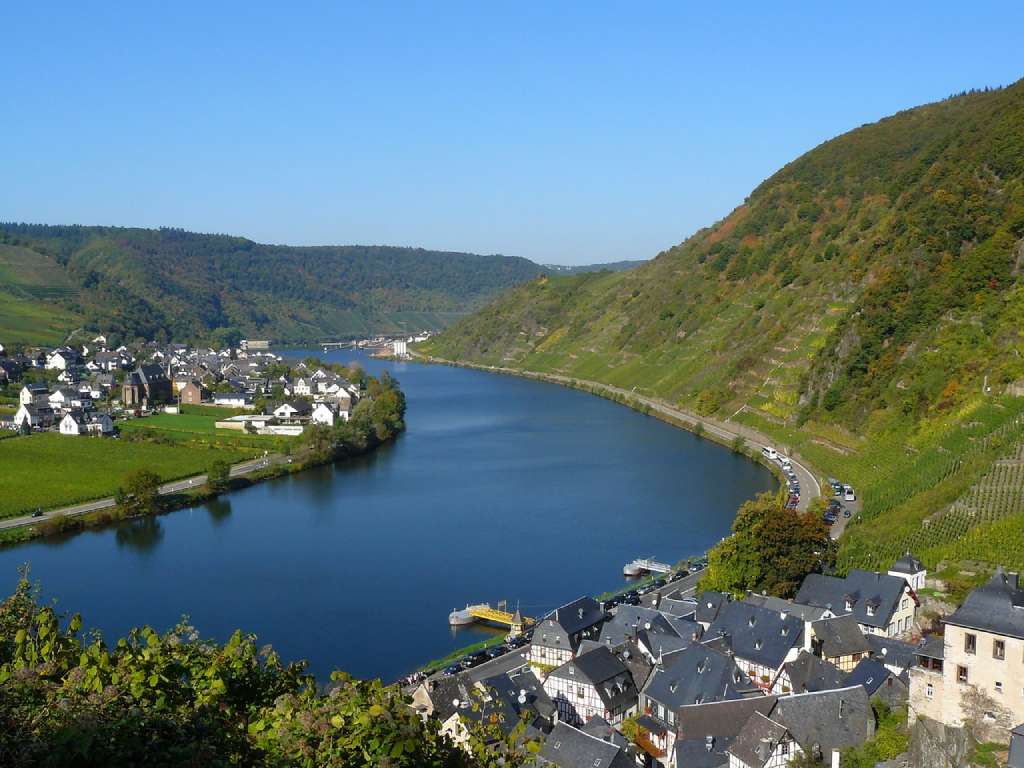
5. Viticulture on Steep Slopes: The Moselle Valley’s Role in Wine Production
One of the most striking features of the Moselle River is the picturesque Moselle Valley, characterized by steep vine-covered slopes. This scenic landscape, with its terraced vineyards, not only adds to the natural beauty of the region but also highlights the area’s significance in wine production. The Moselle Valley is renowned for cultivating high-quality white wines, particularly the esteemed Riesling. The combination of the river’s meandering course, historic towns, and the visual spectacle of the vineyards makes the Moselle Valley a captivating and distinctive feature along the Moselle River, attracting tourists and wine enthusiasts alike.
6. Chronological Echoes: Tracing Historical Significance Along the Moselle
The Moselle River valley bears testament to centuries of human habitation, evident in the multitude of castles, ruins, and archaeological sites. Notably, Roman influences contribute to the historical fabric of the region.
7. Economic Implications: The Moselle as a Conduit for Trade and Transportation
Historically a vital trade route, the Moselle continues to play a pivotal economic role today. Cargo ships navigate its waters, facilitating regional trade and contributing to the economic prosperity of adjacent areas.
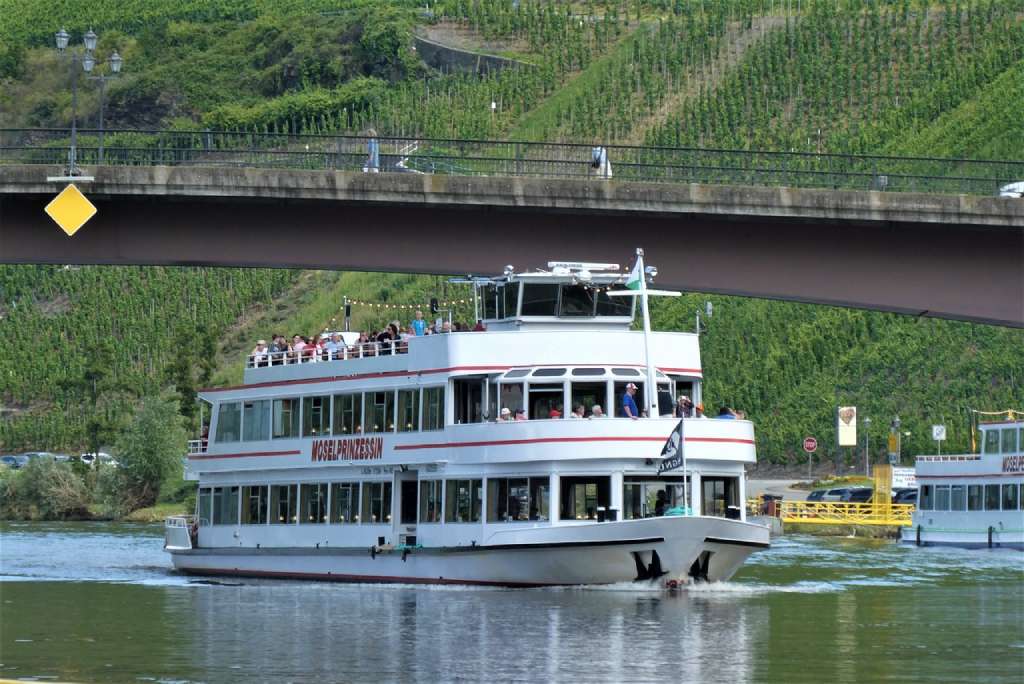
8. Cultural and Environmental Tourism: A Dualistic Perspective Along the Moselle
The Moselle’s scenic beauty and cultural heritage attract tourists to explore charming towns such as Trier, Koblenz, and Cochem. Wineries add a dimension of viticultural education, fostering a dualistic approach to tourism.
9. Urban Nodes: Metz, Luxembourg City, Trier, Koblenz, and Cochem
Metz in France, Luxembourg City, and the German cities of Trier, Koblenz, and Cochem represent urban nodes along the Moselle, each characterized by unique historical and architectural attributes.
10. Architectural Vestiges: Exploring Cultural Landmarks Along the Moselle
Cultural landmarks, such as the well-preserved Roman structures including the Porta Nigra and the Roman Bridge in Trier, serve as focal points for understanding the historical depth of the Moselle region.
11. Hydroelectric Power Generation: Harnessing the River’s Potential
Hydroelectric power stations strategically positioned along the Moselle exploit its kinetic energy, contributing to the sustainable generation of electricity and reinforcing the river’s multifaceted utility.
12. Biotic Interactions: The Ecological Dynamics of the Moselle
The Moselle River sustains diverse ecosystems, fostering the coexistence of varied flora and fauna. Conservation initiatives seek to maintain the ecological equilibrium critical for the river’s enduring environmental health.
In conclusion, the Moselle River emerges as an integrative subject of scientific inquiry, encompassing geological, historical, and cultural dimensions. Its study not only reveals the river’s inherent complexities but also underscores its multifunctional significance within the broader socio-environmental context.
You might find interest in these books and guides about the Moselle river.
Moselle River Trail: From Metz to the Rhine
A guide for cyclists.
The guide in English provides support for cyclists traveling along the Moselle River from Metz to the Rhine. The journey offers a unique and pleasant experience through vineyard-covered hills and picturesque bends of the Moselle. It’s an ideal route for a first cycling trip, especially for families, with no challenging hills and two-thirds of the route on cycling paths. The guide includes accurate maps, elevation profiles, and distance information, along with details about the cycling route, city maps, and information about tourist attractions. It’s a comprehensive resource for cyclists, provided by bikeline – a guide created by cyclists for cyclists.
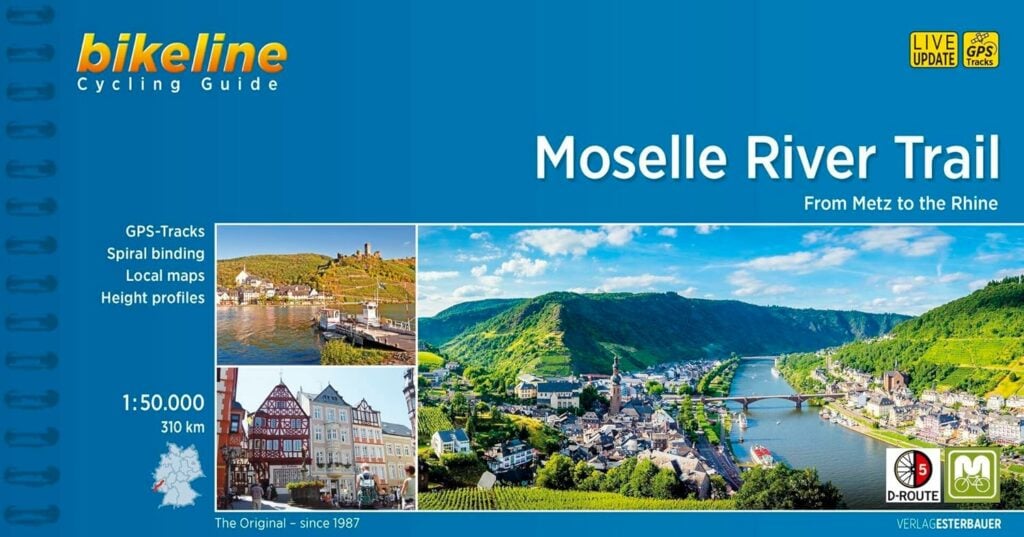
Cruise the Middle Rhine and Moselle
This book is a guide for tourists on boat cruises along the Middle Rhine and Moselle rivers, starting and finishing between Cologne and Trier. The rivers pass through locks, causing occasional delays, and offer opportunities to explore major tourist centers. Low bridges, particularly on the Moselle, may limit cruising during high water levels, prompting alternative transportation. Kilometer markings, visible from the cruise boats, and prominent village names on riverbanks make navigation easy. The region is a popular tourist destination with well-used roads for cycling, electric bicycles, campsites, and frequent sightings of cargo-carrying barges with national flags. The Middle Rhine, known as the “Romantic Rhine,” boasts scenic landscapes, castles, fortresses, churches, and charming villages between Rüdesheim am Rhein and Koblenz.
The Moselle: River and Canal from the Roman Empire to the European Economic Community (Heritage)
Professor Cermakian delves into the historical, political, and geographical considerations surrounding the utilization and canalization of the international river, the Moselle. This book provides an in-depth exploration of the political economy associated with a significant river, serving as a symbolic representation of the essence of Europe for many.
Cruising the River Moselle/Mosel: A guide to cruising the river from Neuves-Maison to Koblenz, with details of locks, moorings and facilities
The guide, published by the European Inland Waterways Section of the Cruising Association, is the first comprehensive English-language resource for cruising the River Moselle. Aimed at motor yachts with a draught of 2.5m or below, it provides detailed navigation information, including distances, bridge heights, lock dimensions, and VHF channels. Written by experienced cruisers Andy and Gwen Mulholland, the guide covers moorings, facilities, and cultural attractions along the 394km route from Neuves-Maison in France to Koblenz, where the Moselle meets the Rhine. Regularly updated with input from CA members, it also offers a discount on first-year CA membership and access to additional information through the CAptain’s Mate app.

